
AeroGenie – Ihr intelligenter Copilot.
Trends
Categories
IndiGo Partners with Infiniti Software to Improve Group Booking Efficiency
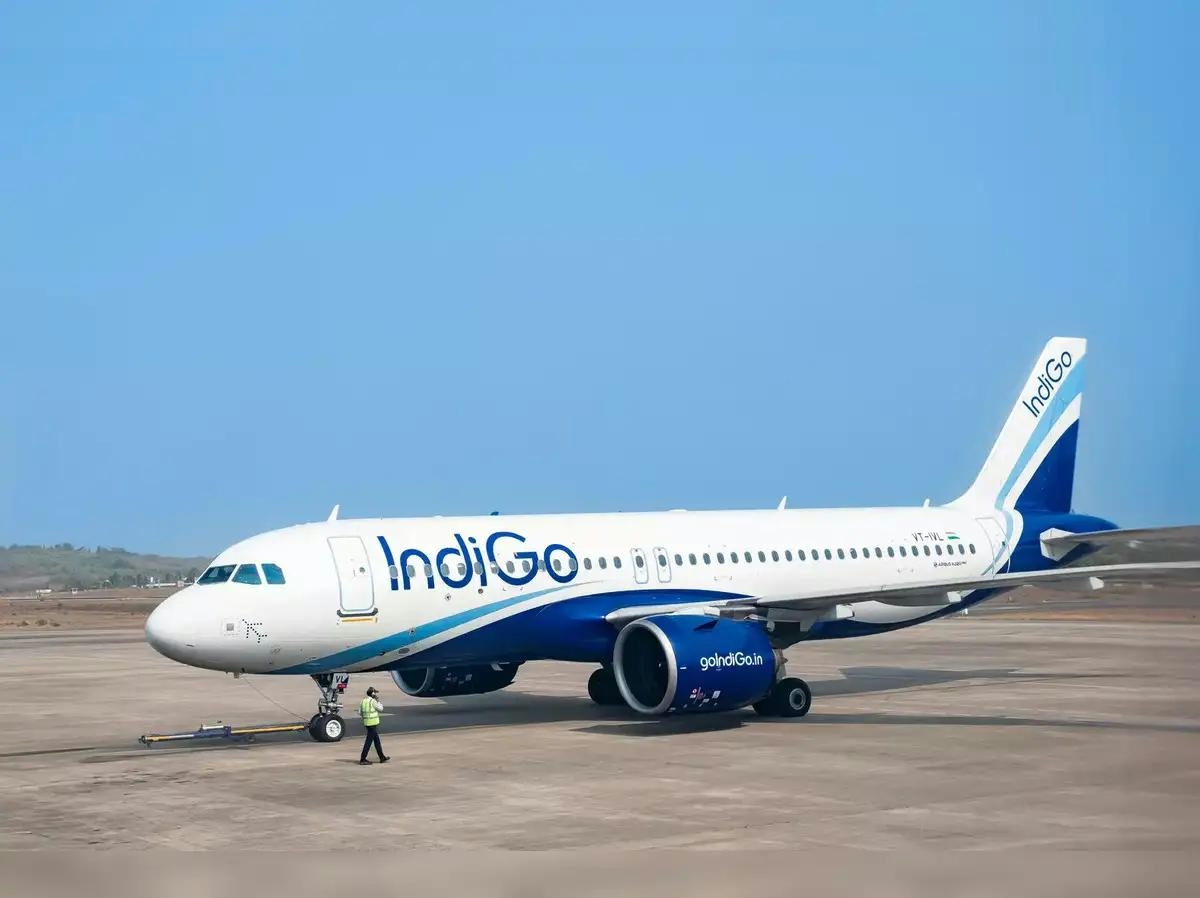
IndiGo Partners with Infiniti Software to Improve Group Booking Efficiency
Enhancing Group Booking Operations with Advanced Technology
IndiGo, India’s largest domestic airline, has entered into a strategic partnership with Chennai-based travel technology firm Infiniti Software Solutions to enhance its group booking operations. The collaboration involves the deployment of Infiniti’s cloud-native revenue management platform, GroupRM, which is designed to streamline and accelerate the group booking process amid increasing demand for group travel. This platform aims to handle high booking volumes efficiently, improve operational workflows, and deliver faster response times for group travel requests.
The integration of GroupRM into IndiGo’s operational framework is expected to simplify the booking process while offering dynamic, adaptive pricing and passenger-centric insights. These features will enable the airline to provide more personalized experiences for group travelers, aligning with IndiGo’s broader vision of creating a next-generation digital ecosystem. Abhijit Dasgupta, Senior Vice President of Planning and Revenue Management at IndiGo, highlighted that the partnership is not merely about process optimization but represents a fundamental enhancement in how the airline interacts with and serves its group customers.
Strategic Implications and Industry Context
Ananth Narasimhan, CEO of Infiniti Software Solutions, underscored that GroupRM is engineered to boost operational agility and passenger satisfaction, which are critical factors in the highly competitive aviation sector. The partnership is anticipated to strengthen IndiGo’s market position, particularly as recent data indicates the airline enjoys higher trust levels among travelers compared to its main competitor, Air India.
However, the integration of this new technology presents challenges, including ensuring seamless compatibility with IndiGo’s existing systems, managing potential resistance from staff accustomed to legacy processes, and adhering to regulatory requirements. Market reactions to the announcement have been largely positive, with expectations that the move will bolster investor confidence in IndiGo’s strategic direction. Industry analysts suggest that competitors may respond by pursuing similar technological partnerships or enhancing their own group booking capabilities to remain competitive.
With a fleet exceeding 400 aircraft, IndiGo operates more than 2,200 daily flights, connecting over 90 domestic and more than 40 international destinations. The adoption of advanced technology solutions such as GroupRM is viewed as a significant step in maintaining the airline’s leadership position within the Indian aviation sector.

BOC Aviation to Lease Two Airbus A350-1000s to Philippine Airlines

How Many Boeing 777X Prototypes Were Built?
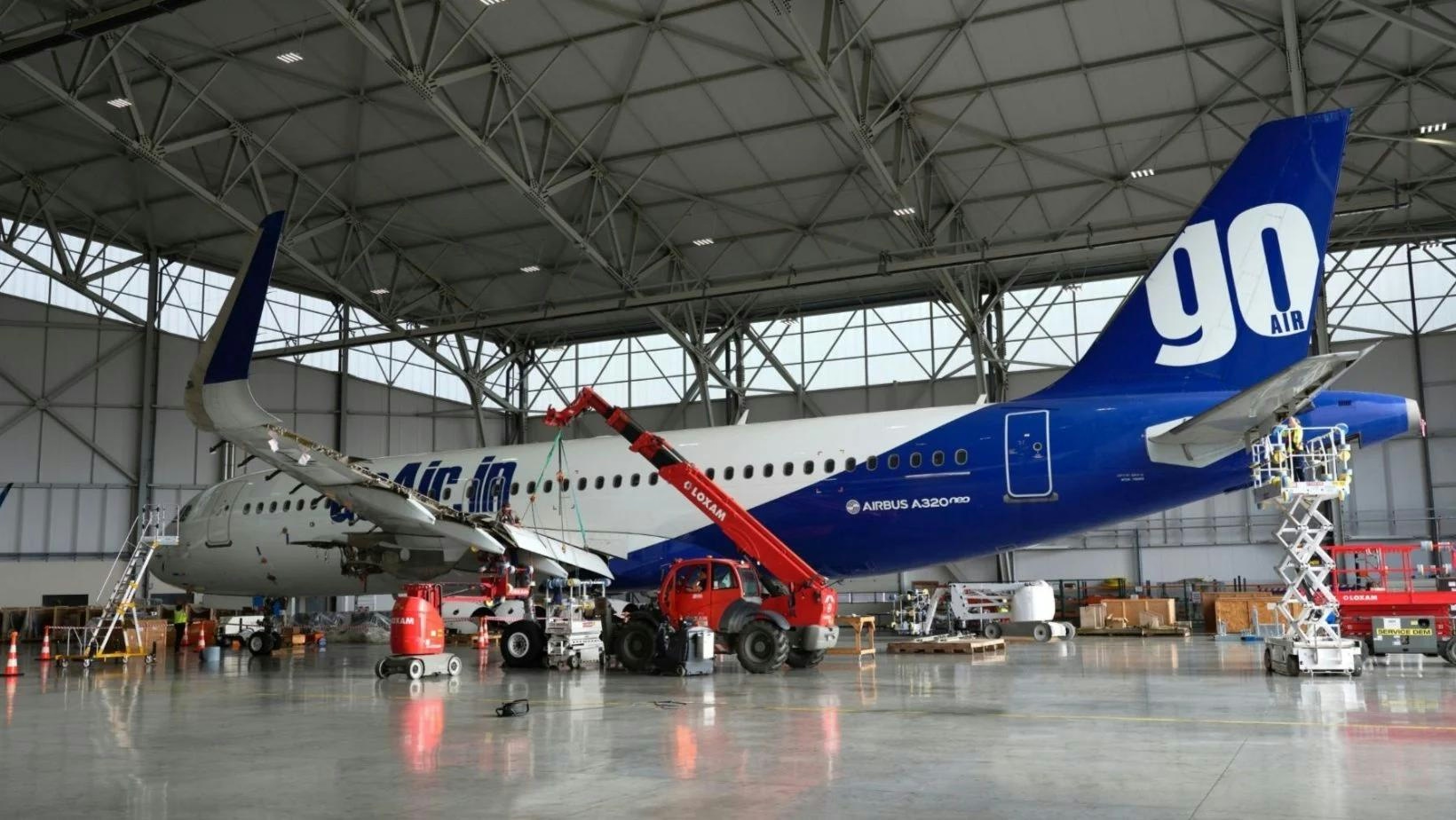
AerFin Announces Availability of A320neo Inventory

Petrobras Delivers First Sustainable Aviation Fuel Produced in Brazil
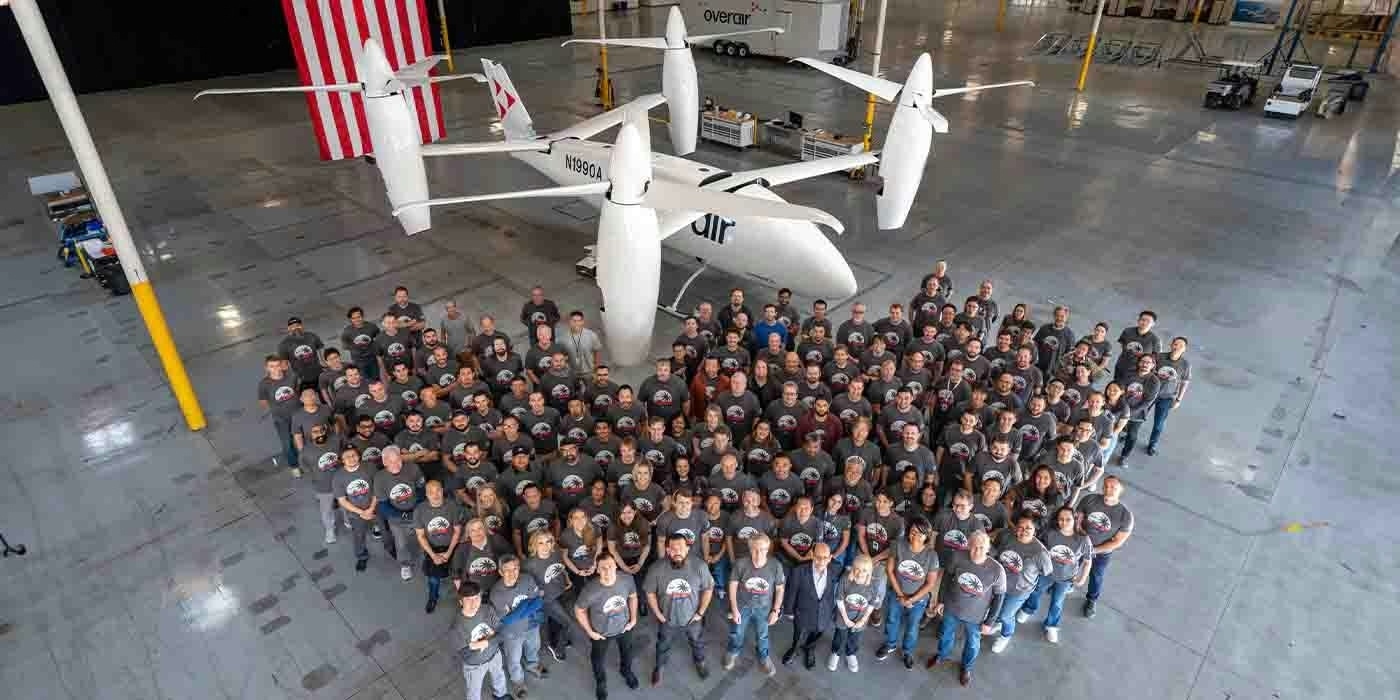
Unique mixed-propulsion eVTOL completes transition flight testing
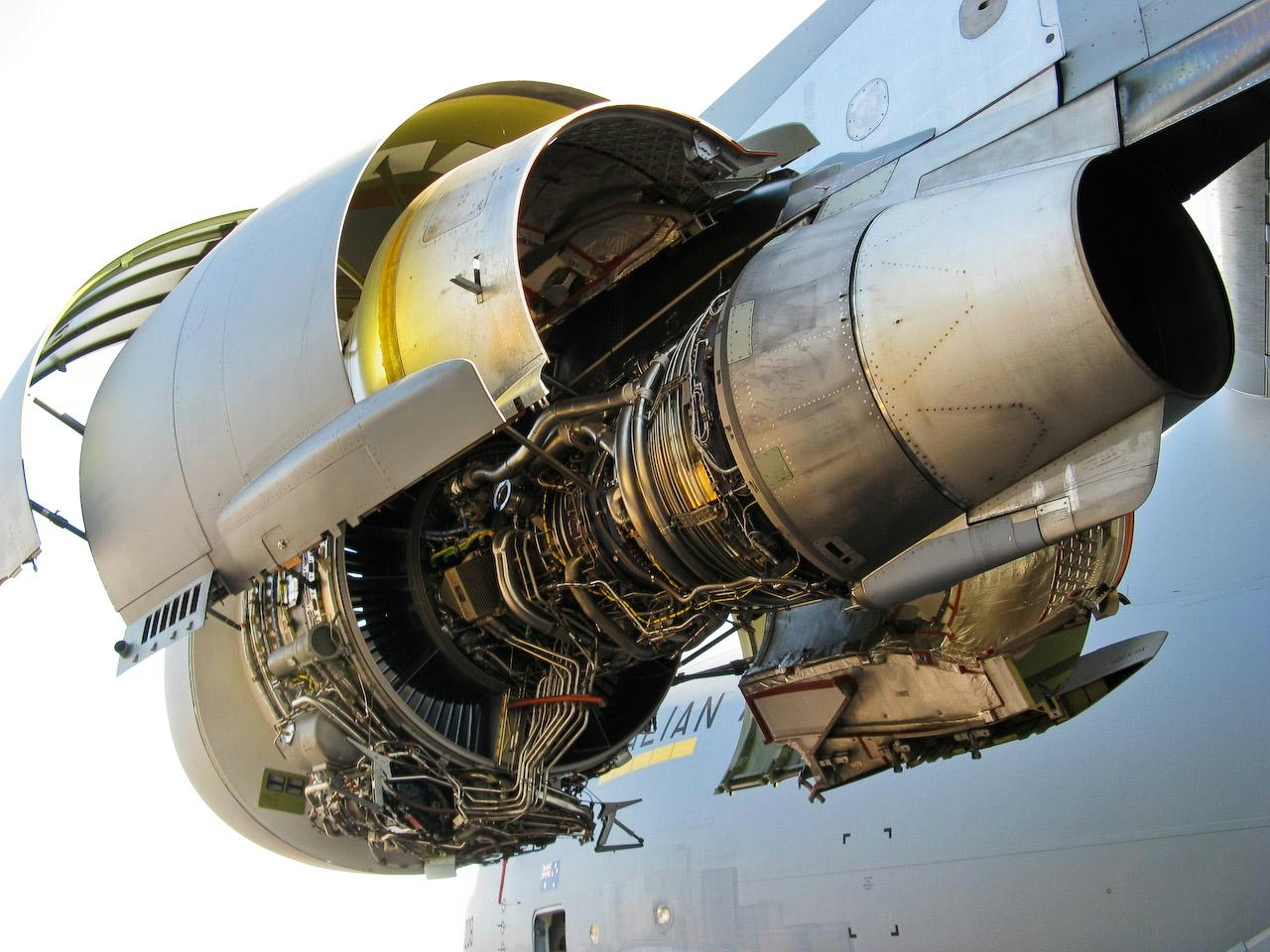
Are C-17 Globemaster Engines Derived from Boeing 757?
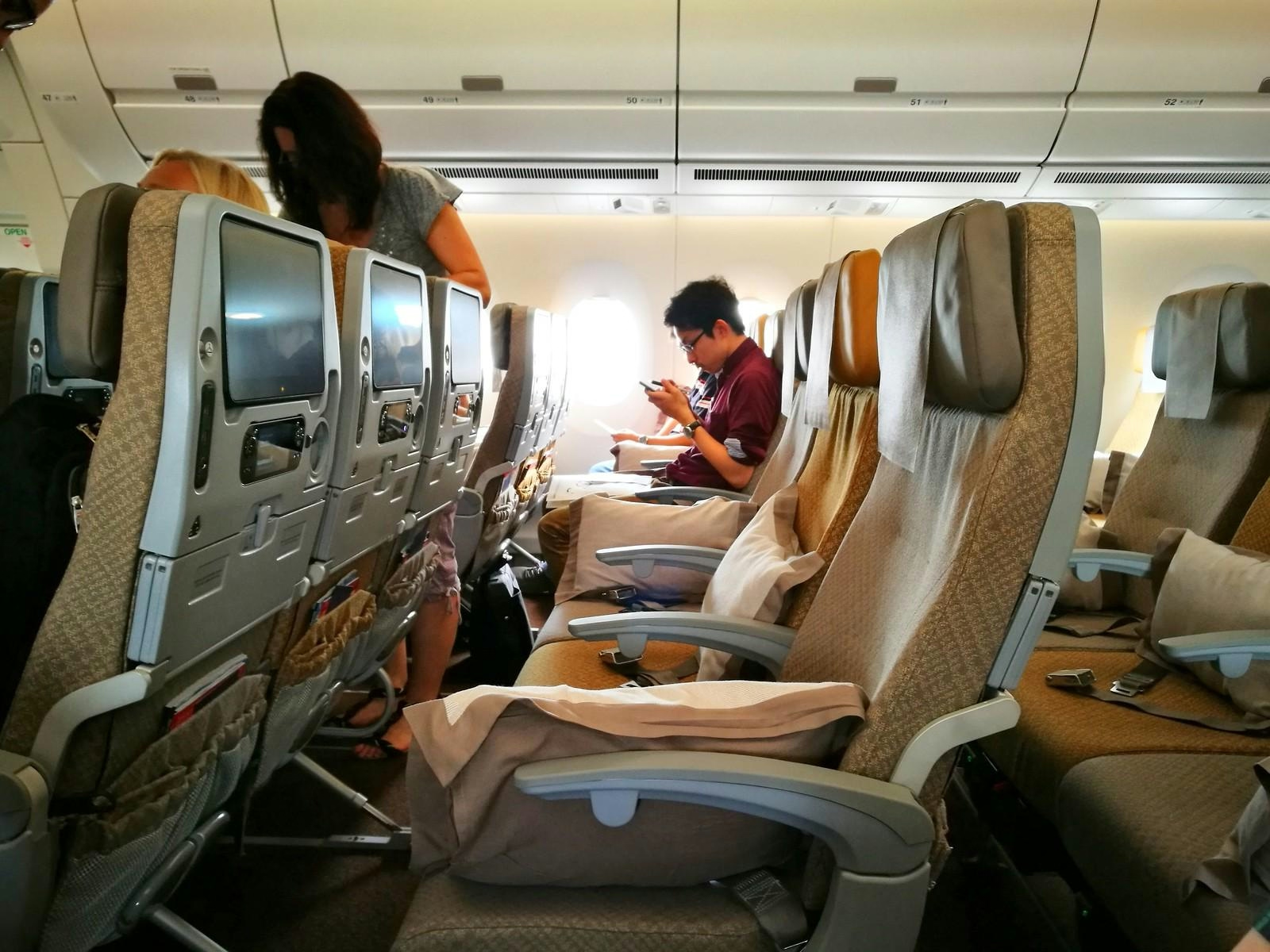
Why the Airbus A350’s Cabin Is Quieter Than Other Aircraft
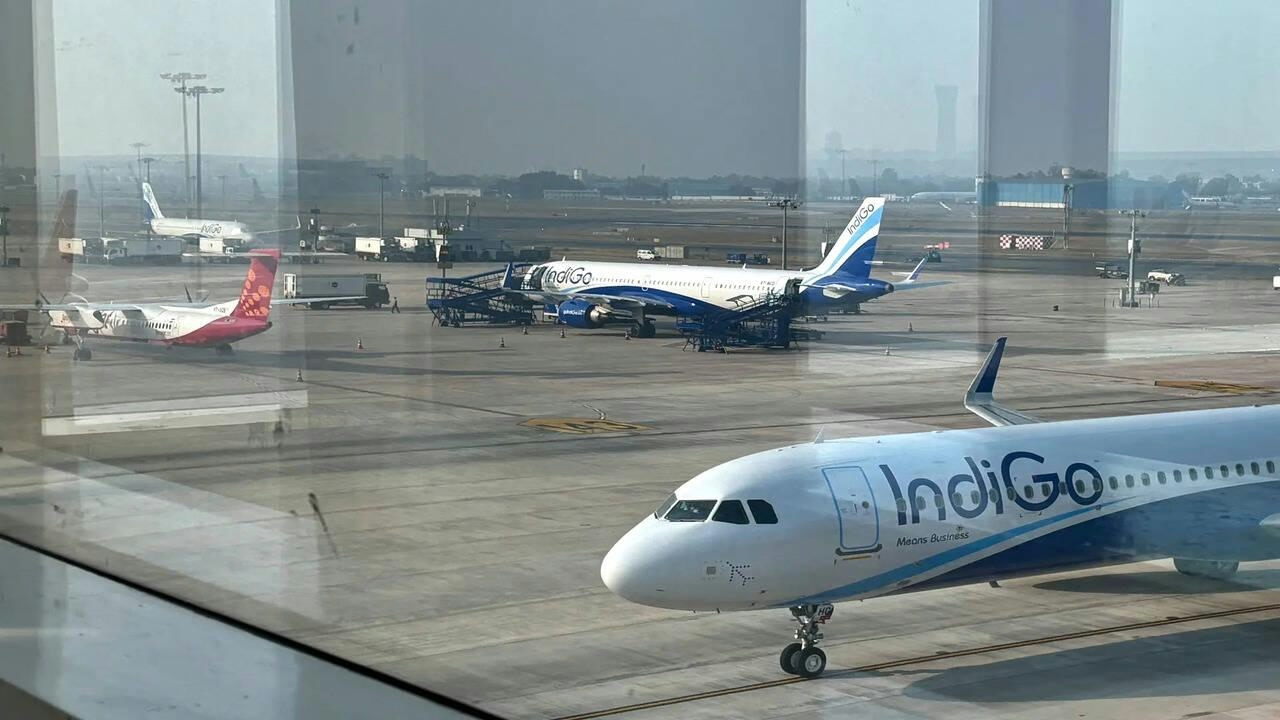
AI and AI Express Plan to Increase Capacity Amid IndiGo Flight Disruptions
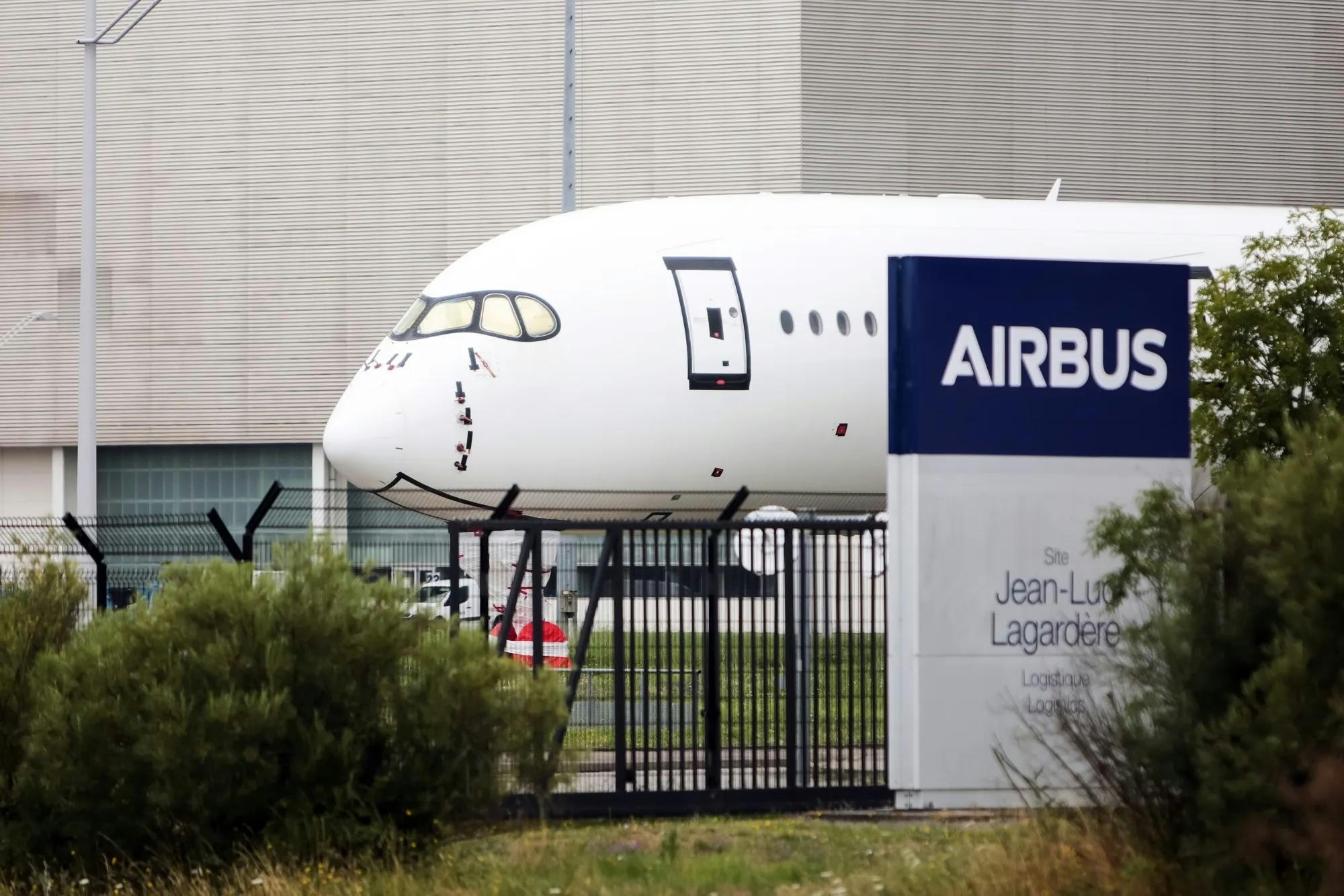
Kazakhstan and France Agree on Airbus Aircraft Deliveries
